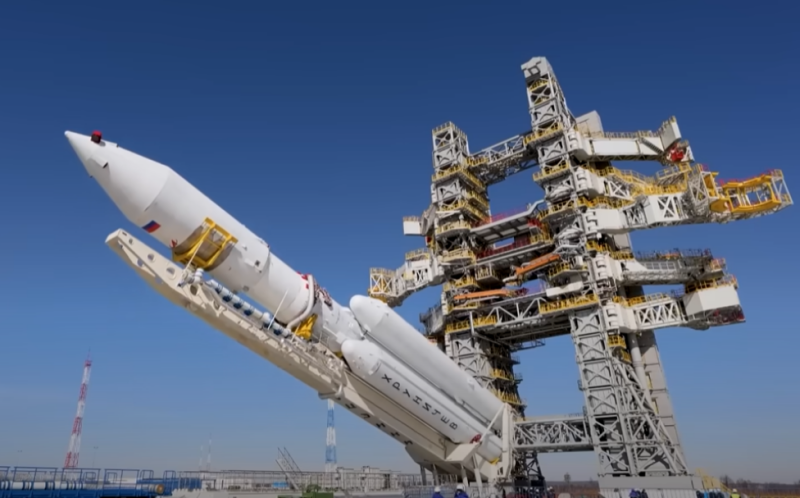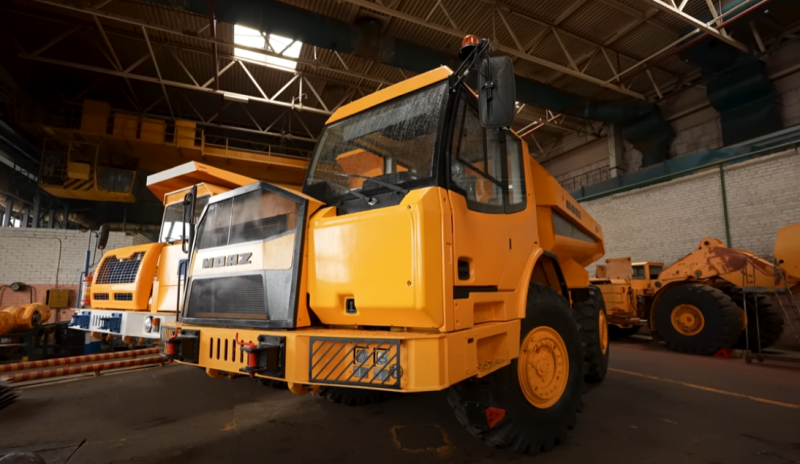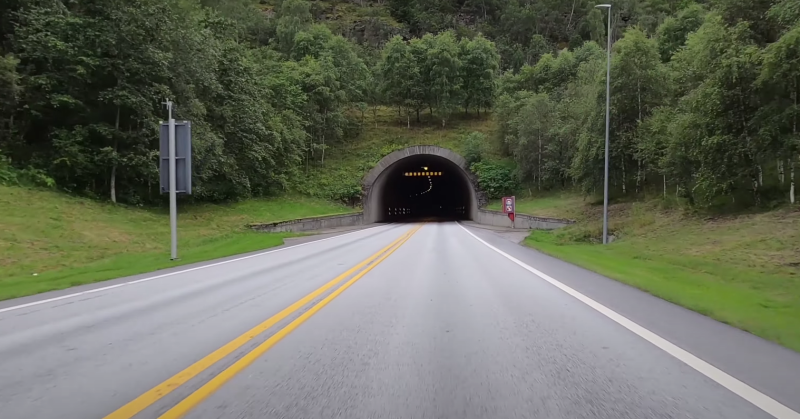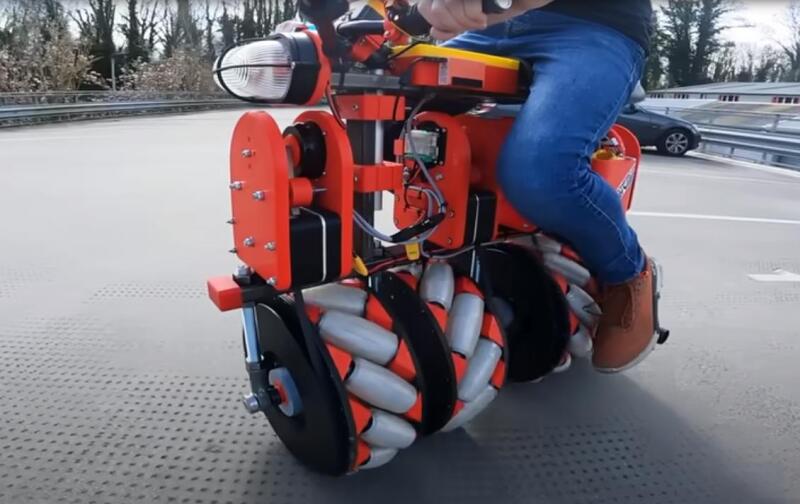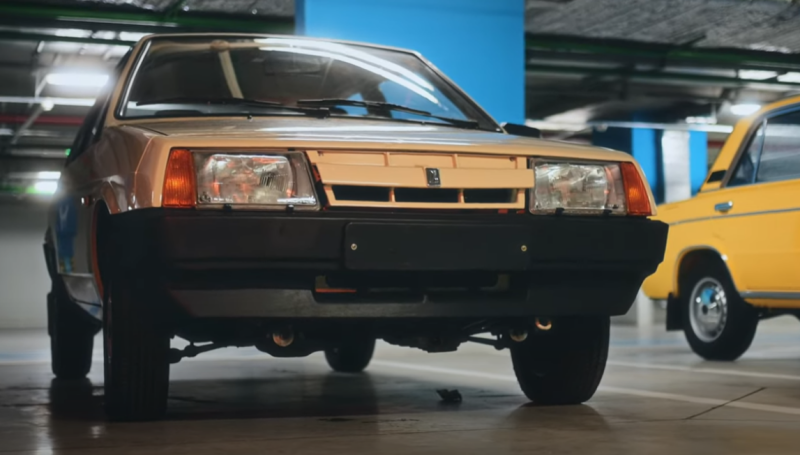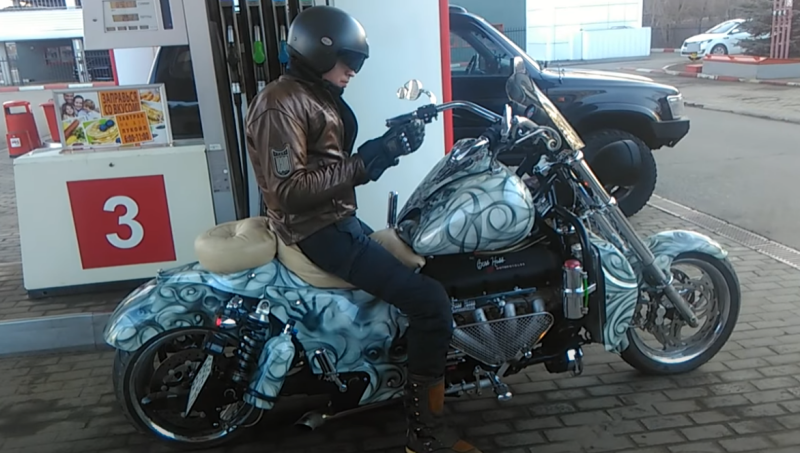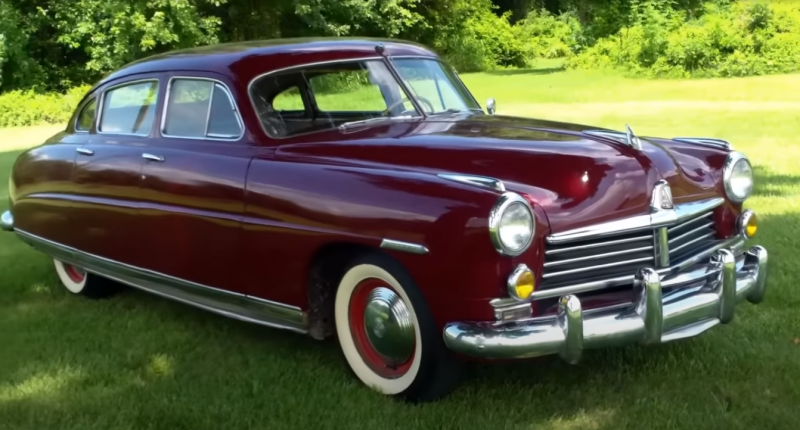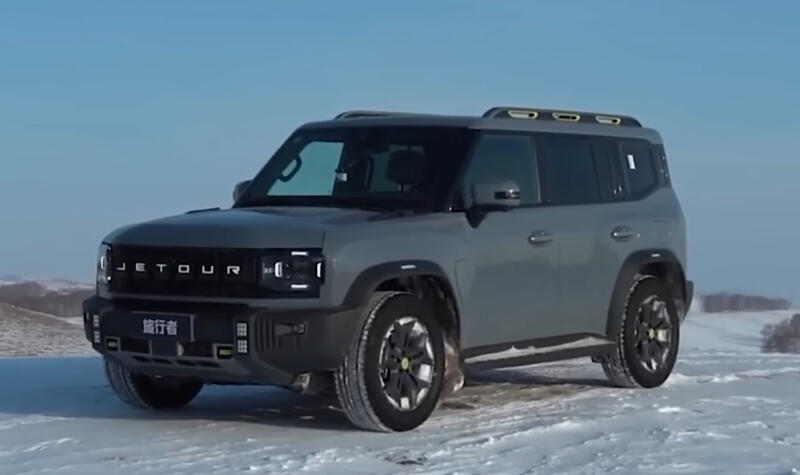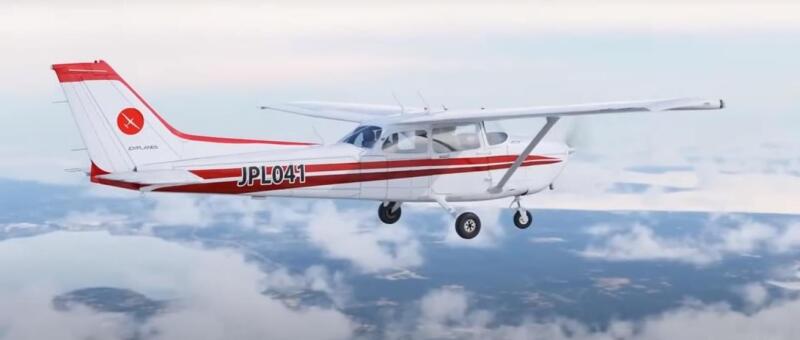Why were they so loved
Motorcycles of the Czech brand came to the Soviet Union in 1962. For the plant, this was a profitable contract - only until 1982, more than 90% of Czech-made bikes were supplied to the USSR. The country was able to absorb much more than was produced.
The first Javas that went on sale in the territory of the Soviet Union made a splash. Not only were these "foreign cars" - this is prestigious in itself, the motorcycles looked stylish, distinguished by endurance and build quality. Yes, and they broke down much less frequently than Izh, Kovrovets, Minsk and other Dniepers with the Urals.
Among motorcyclists in the 1960s, the Jawa was known as a bike that didn't break down. Of course, Java also had problems, but compared to the domestic motorcycle industry, they were rare.
The first "Soviet" models
The very first Jawa, who received the all-Soviet vocation, were the "old women" of models 353, 559 and 354/06. Of course, such a nickname did not stick to motorcycles immediately, but with the advent of a new model - 634. This happened no earlier than 11 years after the start of the supply of Czech Java.
 Java "Old Woman" with a stroller. Photo: Youtube.com
Java "Old Woman" with a stroller. Photo: Youtube.comMany do not remember, but initially Jawa went to the USSR in two modifications:
- ? 250 cm3
- ? 350 cm3
Small-capacity motorcycles were called "checks", they say, just a quarter of a liter. Two versions of such bikes were supplied to the USSR, one had a capacity of 12 hp. s., second 14 l. With. Externally, an early model can be identified by a low cylinder.
By the way, Java-250 was distinguished by traction on the bottoms, reliability and trouble-free. Their main disadvantages are low speed and strong engine vibration under load.
The 350 cc model in the 1960s seemed the height of perfection, although it is a simple motorcycle.
 Model with 250 cm3 engine. Photo: Youtube.com
Model with 250 cm3 engine. Photo: Youtube.comJawa 354/06 features:
- ? single frame
- ? simple pendulum
- ? Silencers in the form of cigars
- ? Wheels 16 inches
- ? Power 18 l. With.
- ? The maximum speed is 125 km/h.
Most motorcyclists agree that the "old women" were the most stylish and beautiful Jawa of all models supplied to the USSR. The design is thoughtful, on a par with Japanese and Italian manufacturers of those years. Now for such bikes in good condition they ask from 150 to 500 rubles. To meet an option that does not need to be completed on your own is a great success, especially at a minimal cost.
Java 350/634 and its features
At the very end of 1973, the first batch of Jawa motorcycles of the new model 350 typ 634-01 appeared in the Soviet Union. It was space, and the lucky ones who managed to get such a bike were proud of the exclusivity.
The new model was developed specifically for the Soviet market, so it received a number of features:
- ? Reliability
- ? patency
- ? Ease of repair and maintenance
- ? unpretentiousness
Although everything did not work out as smoothly with the last point as planned - compared to the closest competitor in its category, the Izh motorcycle, Java was capricious about fuel quality.
 Model 350/634. Photo: Youtube.com
Model 350/634. Photo: Youtube.comHowever, the problem was easily solved by using good gasoline. As for technical capriciousness, the same Izh could not be compared with Jawa, especially if you put it next to the two-cylinder Jupiter.
The new 634 Java received larger 18-inch wheels, naturally spoked. The frame became progressive duplex, the engine was modernized, increasing the power to 22 hp. With. In accordance with this, it was decided to improve the front drum brake - it became a two-cam brake.
By the way, Jawa 350/634 received the frame far from a clean slate. This duplex design is taken from the sport bikes that compete in the six-day motorcycle competition. A sturdier frame than before made the bike suitable for the countryside and dirt roads.
The engine has not changed, the cylinders were cast iron, but the area of their fins has increased, which helped them to cool better.
The speed of the Jawa 350/634 was 130 km/h. This is the best result for a motorcycle in the Soviet Union, which the owners were proud of.
But already in 1974, Java was forced out of the top of the high-speed pedestal. The Izh Planet Sport motorcycle appeared, created in the model and likeness of Japanese-made bikes. The new Soviet model received a separate engine lubrication system, a foreign carburetor and a power of 32 hp. With.
But in terms of reliability, Izh Planet Sport could not compete with Java - Czech motorcycles broke down 2-3 times less often.
It seems that the appearance of the Jawa 350/634 is seriously inferior to the "old woman", but in 1974 it seemed the height of modernity and perfection. Then in fashion were such forms, as if cut down with an ax, everything rounded and smooth was considered obsolete motifs of the past.
 Just like when you were young! Photo: Youtube.com
Just like when you were young! Photo: Youtube.comThe cost of Java 634 today starts at 30 rubles. For motorcycles in perfect condition, they ask from 000. While this model is not considered a rarity, not like an “old woman”.
With the advent of modification 250, it was decided to abandon the 634-cc modifications.
Model 350/638 Features
The last "Soviet" generation of Jawa 350 motorcycles appeared in the USSR since 1984. The bike was thoroughly redesigned not only externally - it received a new engine with aluminum cylinders.
A significant change for Soviet motorcyclists was the appearance of a 12 V on-board electrical network. This was long awaited, 6-volt bikes were already outdated by that time.
Jawa 350/638 seemed something ultra-modern, foreign and inaccessible. Until the end of the 1980s, this bike was in demand, but after the collapse of the Soviet Union, all partnerships of the Czech plant with the former countries of the USSR ended.
 Model 350/638. Photo: Youtube.com
Model 350/638. Photo: Youtube.comNow the cost of the Jawa 350/638 motorcycle starts at 30 rubles. For options in perfect condition, they ask from 000.
For many, motorcycles were the cheap equivalent of a car. When it became possible to bring an old foreign car from Europe for an inexpensive price, two-wheeled vehicles lost their relevance. No, the bikers remained in spirit, but they preferred inexpensive Japanese used models. Comparison of the level of motorcycles from the Land of the Rising Sun in the 1980s with Java was expectedly not in favor of the latter.
Among the single motorcycles sold in the Soviet Union, with a displacement of 350 cm3, Izh Planet Sport was the most expensive. But the second place was Java - 950 rubles as of 1976. Modification with a sidecar was more expensive - 1360 rubles.
Should I buy Java now
Some beginner riders seriously consider buying a Jawa as their first bike. The cost, they say, is low, and it's better than Soviet-made Izh. In fact, for a minimum cost in the region of 30 rubles, nothing worthwhile can be purchased.
 Far from enduro, but ideal for such roads. Photo: Youtube.com
Far from enduro, but ideal for such roads. Photo: Youtube.comFor that kind of money, Java will be of an incomprehensible configuration and in a terrible state. Yes, she can ride, but not for long. Ideally, you will have to pay about 150 rubles for copies, but in this price category you can already pick up a Japanese. In addition, today spare parts for Jawa are much more difficult to find.
But for those who are nostalgic for their youth, Java will be a great weekend motorcycle. If the bike is ideal, it always attracts the admiring glances of those who were young in those days! And even modern supersport is not able to interrupt this love!

